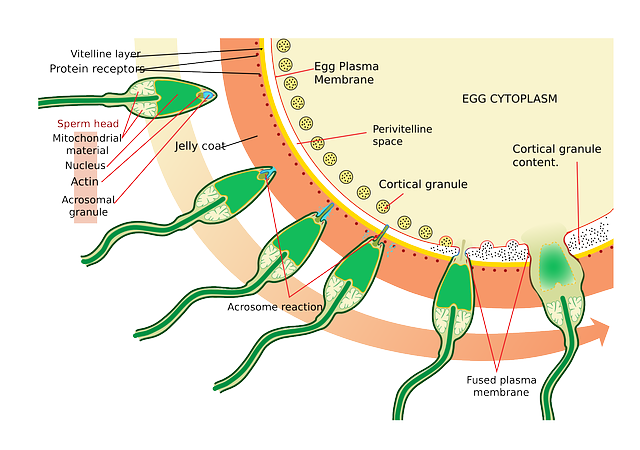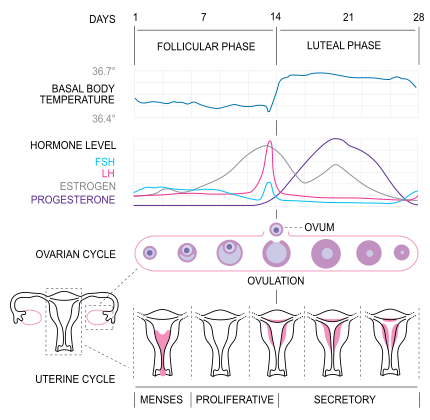Ovulation symptoms can be pretty easy to spot if you know what to look for. Women typically ovulate twelve to sixteen days after the initial day of their last menstrual period. During ovulation, your body will undergo a few small changes such as vaginal secretions, rise in body temperature, cramping, and light spotting at times. If you want to know more about this, you can find some of the most common ovulation symptoms in the following article.
Generally speaking, the ovulation symptoms will be different for every woman. Some women feel pregnant nearly immediately as their body shows instant changes, whilst others will not notice any symptom. So, if you have been trying to get pregnant it is important to learn about the different symptoms to know when you are ovulating. With this knowledge, you don’t have to go through the hassles of waiting in long line at the doctor to get yourself examined. Of course, you should know that the signs might show in some cases and you might have to visit your doctor.
Now, it can never hurt for you to know about the different changes that your body might go through, so here are some of the common ovulation symptoms that you could experience.
Vaginal Secretions: You can notice more vaginal secretions, which has a consistency like a raw egg white. This will happen because of hormonal changes. You might notice an increase of clear, slipper vaginal discharge two or three days before ovulation. These would be the days when you are fertile. Bear in mind that you will be most fertile on the last day of your discharge. Your ovulation will start on the last day of discharge or a day after. The sperm can live for five days inside the vagina so you will have good chances of getting pregnant if you have not ovulated and you engage in intercourse on these days.
Tender breasts: One of the common symptoms of ovulation is tenderness of breasts. Your breast might look bigger and be very sensitive to touch.
Pain: Ovulation could come with pain each month, but for various reasons this usually happens every third month. For most women, the pain will go away within 6 to 8 hours, but it could persist for around 24 to 48 hours. In addition to that, you could experience pain during intercourse, bloating, frequent urination and nausea.
Basal body temperature: During this time, you might notice a light pink tinge in your vaginal discharge, but you don’t have to worry as this is normal. After the ovulation period, your basal body temperature could increase from 0.4 – 1 degree.
These are some of the common ovulation symptoms that you might experience. As a final thought, you need to know that most women also have an increase desire for sex during this time.




Hey! My last period was on the 18th april 14. My menstrual cycle is 21days, ive calculated it and it sez my next period is due on d 9th may im 5 days late. What are the chances of me being pregnant?